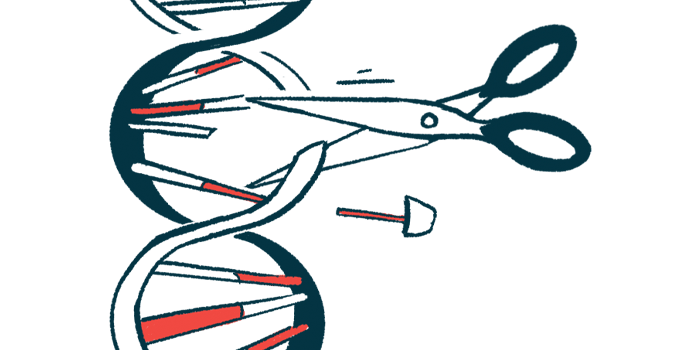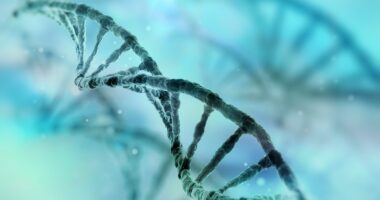Impaired DNA repair may contribute to Huntington’s: Study
Findings present 'exciting avenue' for therapeutic intervention

Unlike its healthy counterpart, the mutated version of the huntingtin protein that drives Huntington’s disease may keep nerve cells from repairing their damaged DNA, causing them to die, a study showed.
Specifically, the mutated protein failed to stimulate the production of poly ADP-ribose, known as PAR — a molecule that gathers all the necessary components to repair DNA when it becomes damaged — resulting in low PAR levels in the spinal fluid of Huntington’s patients.
“We looked at the PAR levels in the spinal fluid from Huntington’s disease patients and expected it would be higher due to the higher levels of DNA damage, but we actually found the opposite,” Tamara Maiuri, PhD, the study’s first author and a research associate at McMaster University in Canada, said in a university news story.
According to the researchers, “these results provide insight into an early molecular mechanism” in Huntington’s disease.
“Since drugs that target PAR production and degradation have already been developed, these findings present an exciting avenue for therapeutic intervention for [Huntington’s],” the team wrote.
The study, “Poly ADP-ribose signaling is dysregulated in Huntington disease,” was published in the journal PNAS.
DNA repair may be tied to how Huntington’s manifests
Huntington’s is caused by mutations in the HTT gene that result in an expanded sequence of three DNA building blocks known as a CAG repeat. A healthy HTT gene contains 10-35 repeats, and people with 40 or more repeats almost always develop Huntington’s.
The more CAG repeats patients have, the earlier they tend to develop Huntington’s symptoms. However, even people with the same number of excessive repeats can experience the disease at different ages.
Research suggests that problems with DNA repair may be linked to how Huntington’s manifests. People with the genetic disease appear to have more DNA damage even before symptoms emerge.
“A major DNA repair node influencing neurodegenerative disease is the PARP pathway,” the researchers wrote.
Among the several players in the PARP pathway, a well-known target of several cancer treatments, the PARP-1 enzyme is known to generate PAR to promote DNA repair.
Given that people with other neurodegenerative diseases such as Parkinson’s and amyotrophic lateral sclerosis have high PAR levels, the researchers thought Huntington’s patients would show the same.
But when they looked at lab-grown nerve cells and supporting cells from people with Huntington’s, they found that they produced less PAR in response to elevated DNA damage.
New data shed light on molecular mechanisms of Huntington’s
Further experiments showed that huntingtin binds to PAR and forms complexes with proteins marked by PARP enzymes with chemical tags, further supporting a link between huntingtin and the PARP pathway.
Importantly, the team found that while both healthy and mutated versions of huntingtin could bind to PAR, only the healthy protein boosted PARP1’s activity.
This held true “also in people who carry the [Huntington’s-causing mutation] but aren’t yet showing outward symptoms,” Maiuri said.
According to the researchers, these new data shed light on the molecular mechanisms of Huntington’s, “suggesting possible targets for the design of early preventive therapies.”
Future research, the team said, should screen different classes of already approved PARP-targeting treatments for cancer to evaluate their potential effects not only in Huntington’s, but also in other neurodegenerative diseases.
The reduced levels of PAR in people with Huntington’s may also explain why these patients are less likely to develop cancer.
For Ray Truant, PhD, the study’s senior author and a professor at McMaster, “one implication is that new huntingtin-level lowering drugs already in clinical trials may have utility outside of Huntington’s.”
“We are working … to investigate the potential further,” Truant said.








